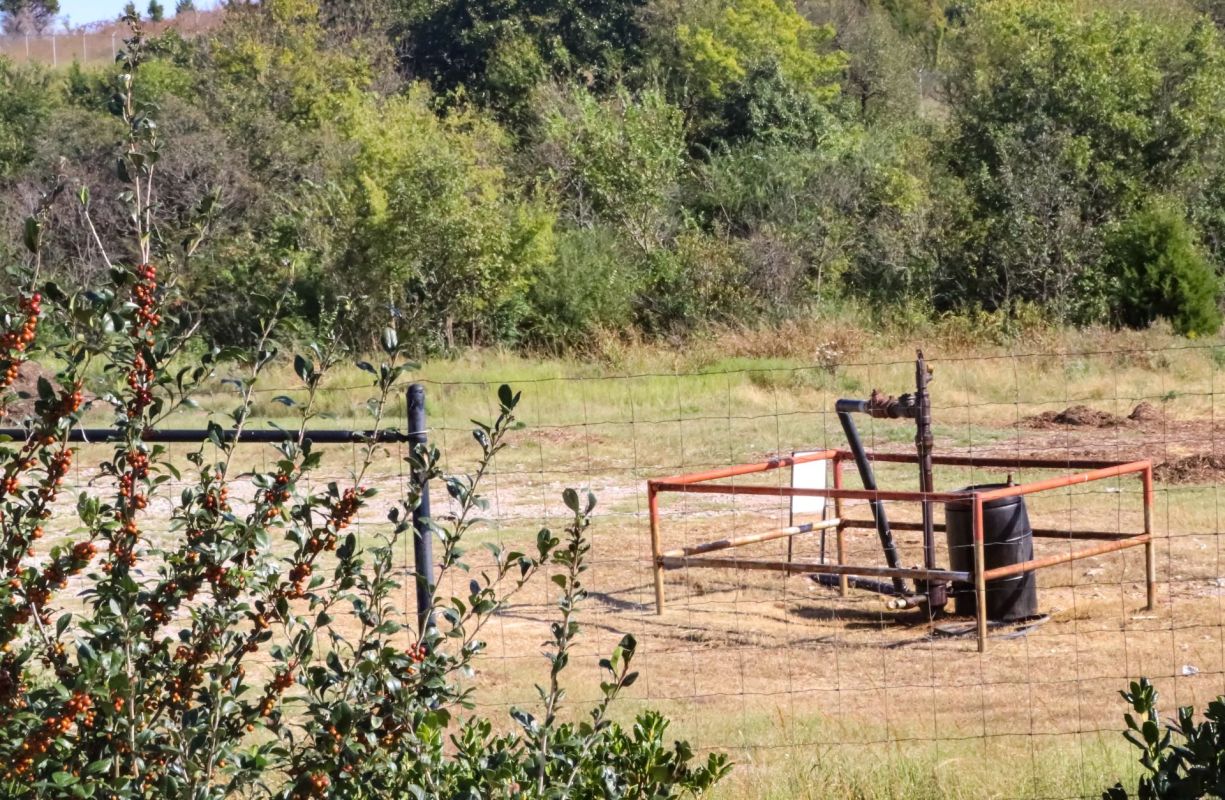ClimateWells, a company from Austin, Texas, is putting a plug in old oil and gas wells. It's part of a process its experts said makes our environment cleaner by keeping pollution in the ground.
The targets are marginal oil and gas wells, wells in Latino and indigenous communities, and orphaned or abandoned wells. The latter type of well has 4,000 more added to the list a year, according to the company's online report.
"Orphan wells pose a threat to people and the environment across the country," Environmental Defense Fund attorney Adam Peltz said in a report, which noted that about 9 million people in the U.S. live near an abandoned oil or gas well.
One is Bill Suan, a farmer in Lost Creek, West Virginia. He said in a video on the fund's website that an abandoned well on his property was leaking oil before it was plugged. His cattle licked the toxic pollution and became sick.
"In the winter when I would get new calves, I would always have to fence it off to keep them from getting in the oil," he said in the clip. Now, he is battling another polluter.
In the video, Suan points out an abandoned gas well. Bubbles are seen gurgling to the surface from leaks in a pipe.
A chart created by the University of California shows how oil and gas emerge from wells, crossing various water tables and aquifers. As the fossil fuels near the surface, they contaminate drinking water and, eventually, the air.
Drillers must seal wells when they are out of production, according to the fund. But nearly 200 years of old well accumulation has created a large collection of polluters.
"See the bubbles?" Suan said in the video, referencing the leaking pipe. "The gas is really strong."
He is not the only one dealing with old fossils.
The fund has a map of more than 120,000 orphaned wells that have no owner on record. A few areas of the country are marked heavily with them, including Appalachia.
These are the types of problems ClimateWells intends to fix. The cleanup effort also includes marginal wells, which are low producers. ClimateWells has those wells marked because they represent 50% of all oilfield methane pollution while making less than 6% of production, according to the company.
There are 4 million tons of methane pollution in the U.S. each year from marginal wells alone, ClimateWells reports. The process plugs the well and restores the land to nature, trapping the pollution underground indefinitely.
The government has marked unplugged contaminators, as well. In 2022, a $4.7 billion federal effort was launched, set to start working on the wells this year, according to the fund.
It's good news for Suan, who is hoping to get another gas-gurgling well plugged.
"Now there's some funding coming, so I am going to hopefully get this one taken care of," he said in the video.
Join our free newsletter for cool news and actionable info that makes it easy to help yourself while helping the planet.









